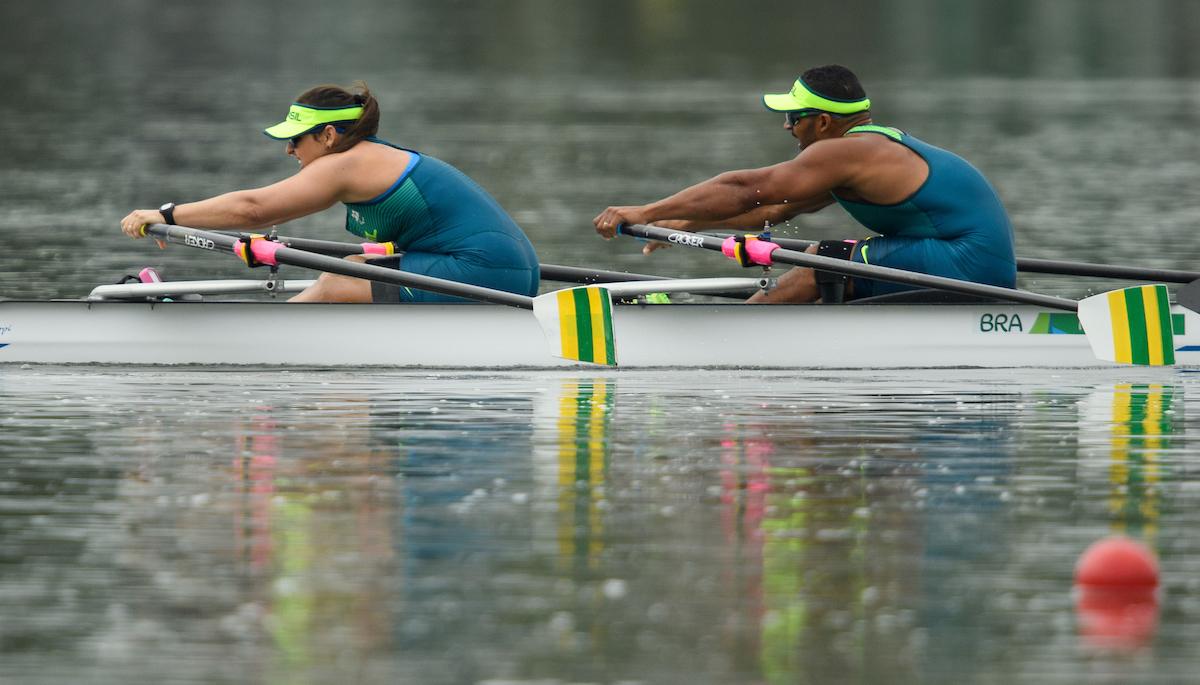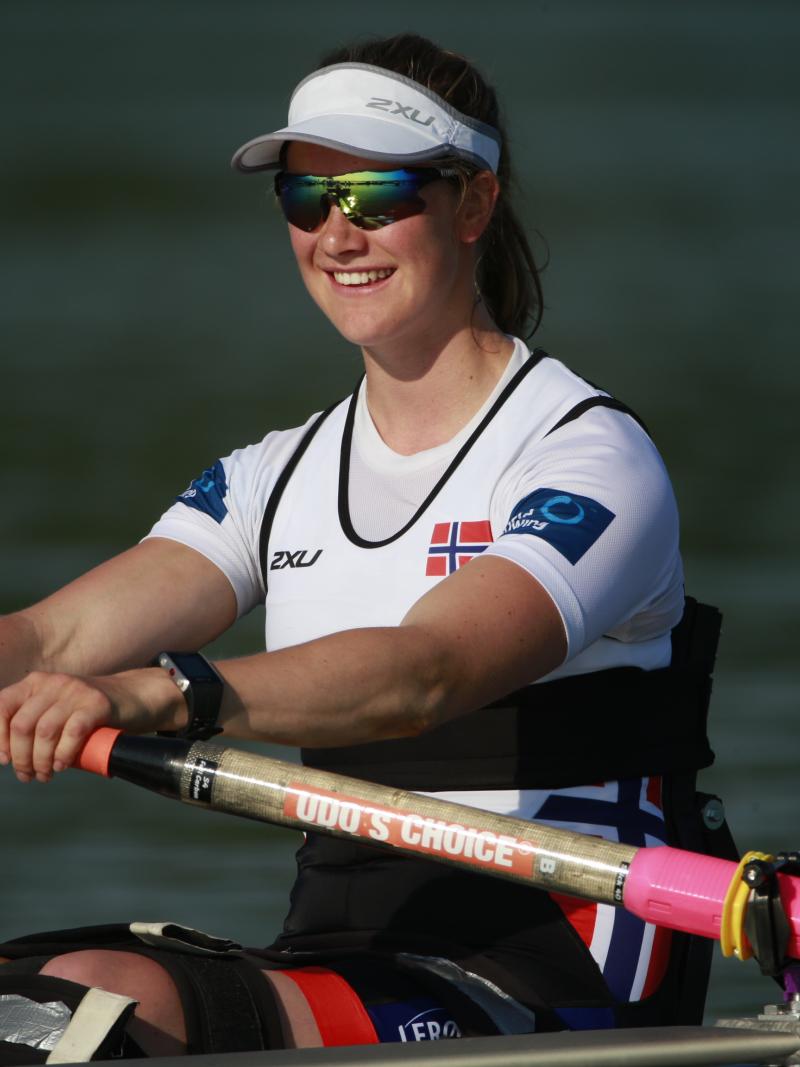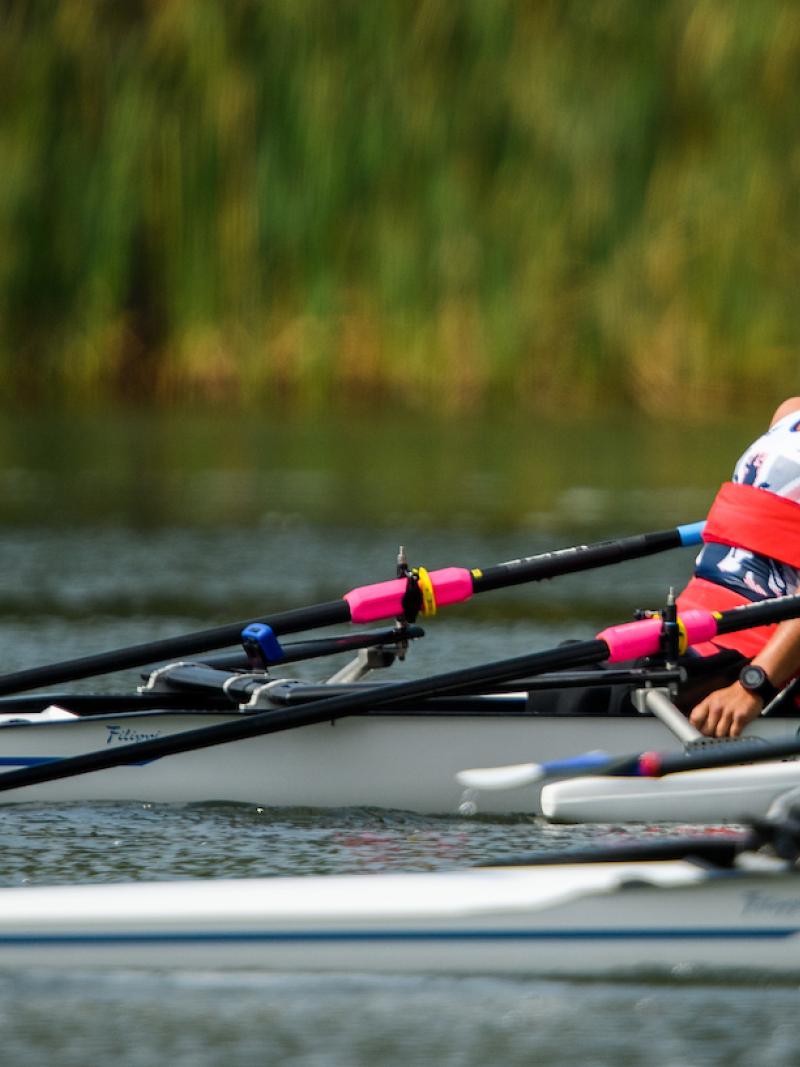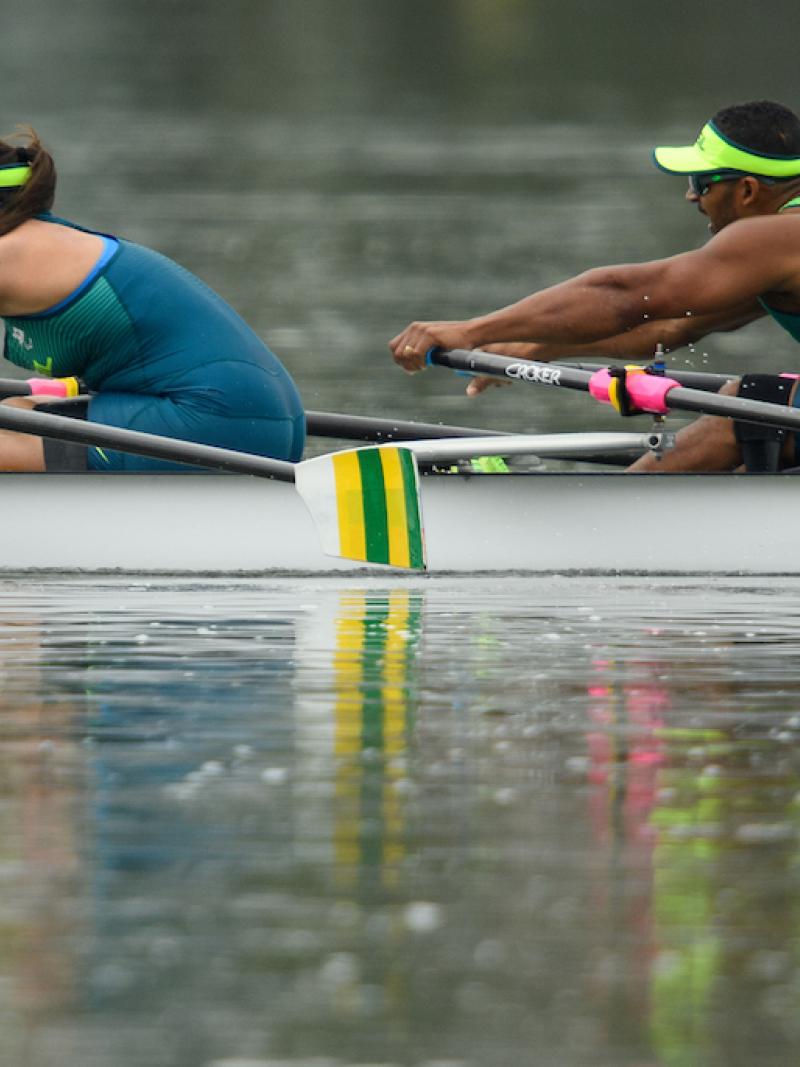FISA Extraordinary Congress integrates Para rowing
Major foundations were laid for securing and building the sport’s future at the Paralympic Games following the federation’s meeting. 01 Mar 2017
Michel Pessanha BRA and Josiane Lima BRA winning the TA Mixed Double Sculls - TAMix2x Final B at the Rio 2016 Paralympic Games.
Following the World Rowing Federation’s (FISA) 2017 Extraordinary Congress in Tokyo, Japan, major foundations were laid for securing and building rowing’s future at the Olympic and Paralympic Games.
One of the main achievements from the Congress was the full integration of Para rowing by doubling the race distance from 1000m to 2000m for all World Rowing events, as well as the Paralympic Games. All Para rowing events will now match all Olympic rowing events with this decision.
Race distance
The successful voting on expanding the racing distance for Para rowers signifies a major step toward the further integration of Para disciplines at the top level of international competition. The proposal received the overwhelming support of the majority of the National Federations with 126 votes in favour of the proposals, while 25 votes were against it.
The vote followed the recommendation by the International Paralympic Committee (IPC) and will be reflected in Rule 42. This outlines the characteristics of the standard international course for World Rowing Championships, World Rowing Cups, Olympic and Paralympic Games and relevant qualification regattas.
Boat classes and classification
The Para rowing boat classes will be renamed. This will be reflected in the event regulations for Para rowing as part of the FISA Rules of Racing (Appendix 19, Event Regulations Para rowing and/or Departures from the Rules of Racing – Para rowing Competition).
In Regulation 6 – World Rowing Championships Para rowing Boat Classes (Rule 36), the sport classes will be renamed from current AS (arms and shoulders), TA (trunk and arms), and LTA (legs, trunk and arms) to PR1, PR2 and PR3 respectively and including the following Para rowing events:
- PR1 Men’s single sculls (PR1 M1x)
- PR1 Women’s single sculls (PR1 W1x)
- PR2 Mixed double sculls (PR2 Mix2x)
- PR3 Mixed double sculls (PR3 Mix2X)
- PR3 Mixed coxed four (PR3 Mix4+)
With regards to Para rowing classification regulations, the eligibility rules for any of the Para boat classes will not be changed in the next four years.
The Para Rowing Commission has revised the FISA Classification regulations, to meet the requirements of the 2015 Athlete Classification Code and International Standards.
For visually impaired rowers though, the Congress decided that they will no longer be required to wear goggles. This decision was based on the fact that the classification of athletes is more rigorous.
Eligibility for the LTA mixed double sculls: will be added to regulation. This boat class is a non-Paralympic boat class.
Equipment
Many comments were received in the lead-up to and at the Congress on possible changes to the Para rowing equipment. In Tokyo it was decided to do a comprehensive review, and the FISA Para Rowing Commission will be discussing the proposals as well as the next steps at the Joint Commission Meeting in March 2017. The idea of the same field of play for Para sport is a key principle for the IPC, and FISA will take this into consideration and make adjustments accordingly.
It was recognised that the decision on Para boat changes needed to be in line with safety measures especially when dealing with athletes with varying impairments. This is important not only at FISA events, but also around the world in both training and racing situations. There will be a serious and structured consultation on boat design to find a conclusion to be implemented in 2021.
The decisions will be announced in March after the Joint Commission Meeting.
Other decisions
With regards to the Paralympic programme, it will be the IPC Governing Board to decide the events at the Paralympic Games, and FISA will make proposals.
A change to rule 27 on coxswains makes Para rowing the same as able-bodied rowing and confirms that, except for the Paralympic Games and relevant qualification regattas, the gender of the coxswain shall be open so that a men’s crew may be coxed by a woman and a women’s crew by a man. The minimum weight for a coxswain shall be 55kg with a maximum deadweight of 15kg.
For further reference on the 2017 FISA Extraordinary discussions and decisions, visit World Rowing’s website.

 Facebook
Facebook
 Instagram
Instagram
 Twitter
Twitter
 Youtube
Youtube
 TikTok
TikTok
 Newsletter Subscribe
Newsletter Subscribe



